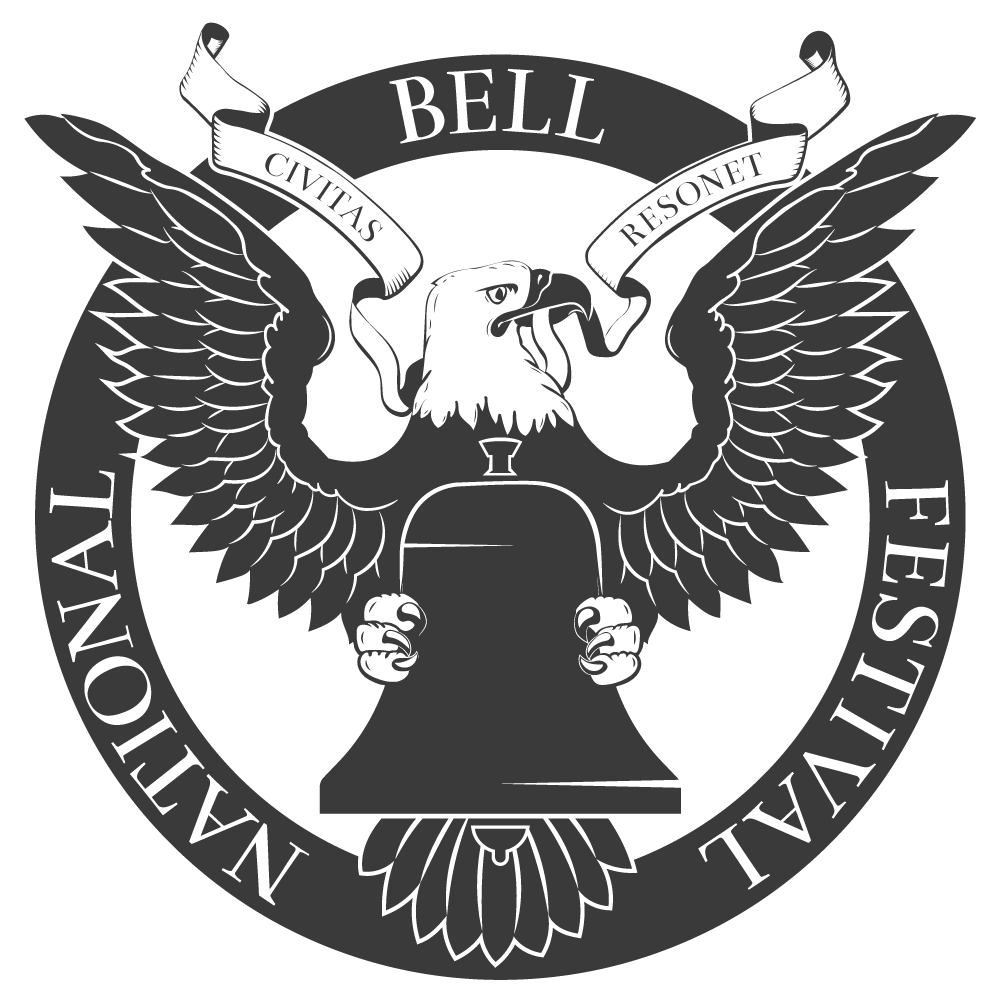Passing honors are formal courtesies rendered to distinguished individuals, such as senior officers, government officials, or heads of state, when they arrive or pass by a bell installation. Rooted in centuries-old maritime tradition, these honors demonstrate courtesy, respect, and recognition of rank or position.
The U.S. Bell Command recognizes two passing honors when a single bell tolls in deference: a national salute for important personages, and a salute to the tomb of George Washington at Mount Vernon.
How should bells render honors in a national salute?
A salute of three tolls on a single bell may be sounded briskly when the sovereign or chief of state of a foreign nation, a member of a reigning royal family, or the president, former presidents, or the president-elect of the United States visit or pass by the site of a bell installation.
- If a motorcade or parade is passing by, the bell is tolled at the moment the highest-ranking dignitary passes directly in front of the structure’s main entrance.
- If the dignitary is visiting, the bell is tolled at the moment they exit a vehicle at the front of the structure or, if arriving by foot, the moment they reach the first stair or threshold.
When more than one bell is present in the tower or installation, a cheery note in the upper half of the bells’ range is to be selected. If the visit is for the purpose of attending a funeral, honors for the living are suspended and funerary protocols supersede.
HISTORICAL CONTEXT
The first official salute by a foreign nation to the Stars and Stripes took place on February 14, 1778, when Captain John Paul Jones of the Continental Navy fired 13 guns and received 9 in return from the French fleet anchored in Quiberon Bay, France.
Although the practice was in use before official regulations, the U.S. Navy first prescribed a specific manner for rendering gun salutes in 1818. Those regulations required: "When the President shall visit a ship of the United States’ Navy, he is to be saluted with 21 guns." It may be noted that 21 was the number of states in the Union at that time.

Image: President Calvin Coolidge and his wife, First Lady Grace Coolidge, arrive for Easter Sunday services at First Congregational Church in Washington, D.C., on April 12, 1925.
How should bells render honors at Mount Vernon?
As a naval ship passes Mount Vernon, the historic home of George and Martha Washington on the Potomac River, the crew forms up on deck and attention is sounded. When opposite the tomb, the ship's bell is struck eight times at five-second intervals. As the bell begins to toll, the national ensign is lowered to half-mast. At the end of the tolling, the ensign is raised to the peak. Civilian personnel onboard customarily uncover and place their hats over their hearts.
HISTORICAL CONTEXT
In 1906, when the yacht Mayflower rendered passing honors to the tomb of George Washington with President Theodore Roosevelt embarked, he was much impressed. Finding upon inquiry that the honors were not official, he immediately prompted the issuance of an order prescribing the ceremony to be observed by all vessels of the U.S. Navy passing Mount Vernon between sunrise and sunset.

Image: Eleanor Roosevelt, Queen Elizabeth and King George VI of Great Britain, and President Roosevelt on board the presidential yacht USS Potomac, sailing for Mount Vernon, during the first U.S. visit of a reigning British monarch on June 9, 1939.
Cover image: George Washington's estate at Mount Vernon as seen from the Potomac River.

